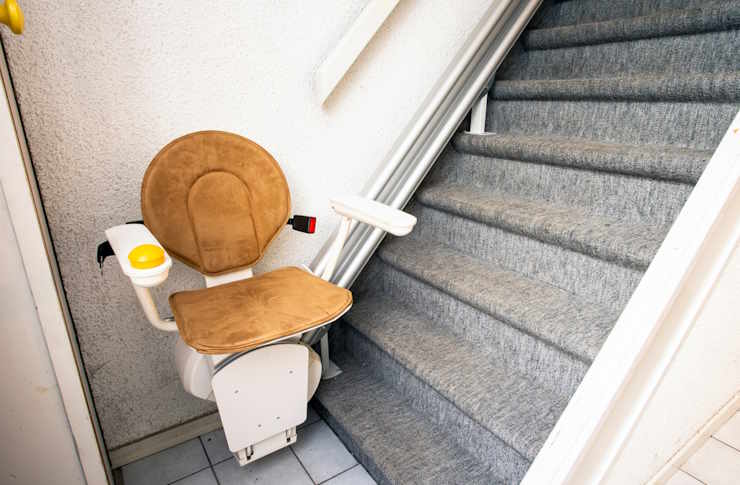Mobile Stairlifts: An Overview of Options in the UK
For individuals looking for temporary or flexible solutions to navigating stairs, mobile stair lifts are one option. Unlike traditional fixed stair lifts, these devices are designed to be portable. It is important to note that many mobile stair lift designs often require a carer or assistant to operate them. Gain a clearer understanding of this specific type of mobility aid, its potential applications and the factors associated with its use in the UK context to help inform you about the accessibility options available.

What is a Mobile Stairlift and How Does it Differ from Fixed Installations?
Mobile stairlifts are portable climbing devices designed to transport individuals up and down stairs without permanent installation. Unlike traditional fixed stairlifts, which are permanently mounted to the staircase, mobile units can be moved between locations and don’t require structural modifications to the property. They typically consist of a motorized unit with wheels or tracks and a comfortable seat or platform for the user.
How Do Mobile Stairlifts Operate and Why is Carer Assistance Required?
Most mobile stairlifts operate using battery-powered motors that drive the unit up and down stairs. A trained carer must guide the device, controlling its movement and ensuring proper positioning on each step. The assistance requirement stems from safety considerations and the need to maintain proper balance throughout the journey. Carers usually receive specific training to operate these devices safely and effectively.
In What Situations Are Mobile Stairlifts Considered in the UK?
Mobile stairlifts are particularly valuable in several scenarios:
-
Temporary mobility needs during recovery from surgery or illness
-
Rental properties where permanent installations aren’t permitted
-
Multi-level buildings where occasional access is needed
-
Situations requiring portability between different locations
-
Cost-effective alternative to permanent stairlift installation
What Are the Key Factors Regarding User Suitability and Stair Configuration?
Several factors determine whether a mobile stairlift is appropriate:
-
User weight capacity (typically ranging from 120-150kg)
-
Stair width and configuration (minimum width requirements vary by model)
-
Landing space at top and bottom of stairs
-
User’s ability to maintain seated position
-
Availability of trained carers
-
Storage space for the unit when not in use
Are There Any Limitations or Safety Considerations for Mobile Stairlifts?
Important safety considerations include:
-
Regular maintenance and battery charging requirements
-
Weight limitations must be strictly observed
-
Proper training for carers is essential
-
Some models may not be suitable for curved or irregular stairs
-
Weather limitations for outdoor use
-
Emergency backup procedures must be in place
| Mobile Stairlift Type | Average Cost Range | Key Features |
|---|---|---|
| Basic Manual Model | £1,500 - £2,500 | Battery-powered, straight stairs only |
| Premium Powered Model | £2,500 - £4,000 | Enhanced safety features, wider weight capacity |
| Professional Grade | £4,000 - £6,000 | Suitable for multiple configurations, advanced controls |
| Rental (Monthly) | £80 - £150 | Includes maintenance, delivery, and setup |
Prices, rates, or cost estimates mentioned in this article are based on the latest available information but may change over time. Independent research is advised before making financial decisions.
The decision to use a mobile stairlift should be based on careful consideration of the user’s specific needs, the availability of trained carers, and the physical environment where it will be used. While these devices offer valuable mobility solutions, they require proper assessment and training to ensure safe and effective use.
This article is for informational purposes only and should not be considered medical advice. Please consult a qualified healthcare professional for personalized guidance and treatment.




